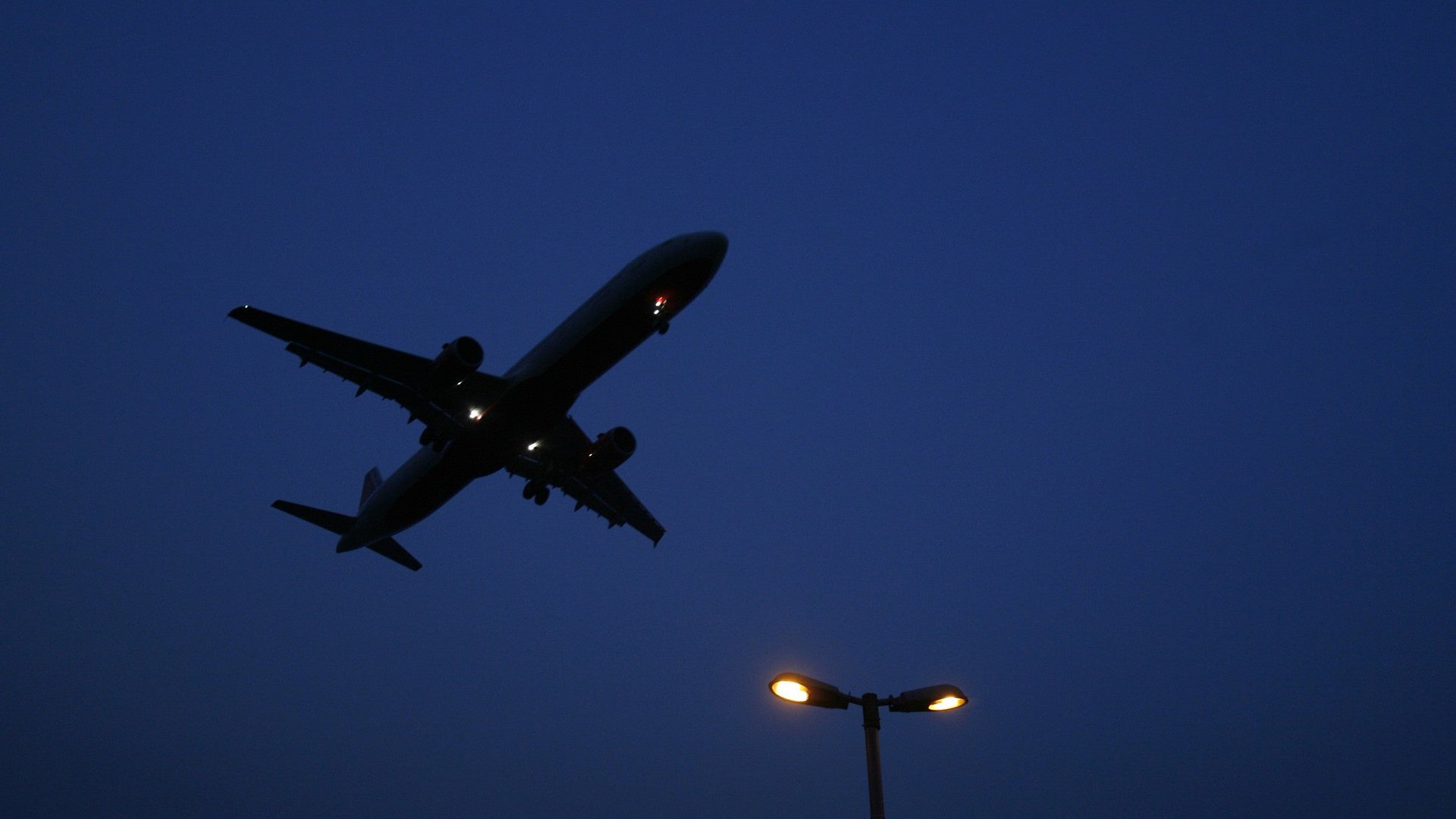Vistara launches in India with a wide range of challenges
At the launch event of Vistara, the Tata-Singapore Airlines JV that is India’s youngest airline, a question went conspicuously unanswered—how does the airline management plan to make the company work in the face of hostile operating environment and high fuel costs?


At the launch event of Vistara, the Tata-Singapore Airlines JV that is India’s youngest airline, a question went conspicuously unanswered—how does the airline management plan to make the company work in the face of hostile operating environment and high fuel costs?
The executives present did admit that India was one of the world’s most competitive aviation markets.
That might be something of an understatement.
Existing Indian carriers are staring at an estimated combined loss of $1.3 billion to $1.4 billion in FY2015 according to industry estimates. Accumulated losses of seven years stand at more than $10 billion. Aviation consultancy CAPA states that Indian airline companies will need at least $1.6 billion of funding in FY2015 just to sustain their business models and these business models will continue to face pressures in a sluggish economy.
The fortunes of airlines are closely linked to that of the economy. This is why some believe the current state of Indian aviation is an aberration and there will be a correction with a recovering economy. It is on the wings of this kind of optimism that new ventures such as Tata-SIA, AirAsia India (another Tata venture with Malaysian budget carrier AirAsia Group) and regional player aircosta are flying in to Indian skies. They hope to open up new sectors, stimulate demand and add capacity in the market.
A clean balancesheet without the baggage of huge losses will help these new players to churn the market and take a few risks in terms of pricing and be more imaginative in their promotions.
But in recent months, airlines have found that the pricing flexibility in their hands is limited, an airline executive said. On the one hand, heavily discounted fares and flash sales (like the schemes offered by SpiceJet recently) have prevented an accurate assessment of the real demand. On the other hand, when Kingfisher Airlines went belly up and some capacity went out of the system, airlines attempted to correct fares, and were rewarded with a nine percent decline in demand for their efforts.
With new entrants coming to the market, CAPA estimates that there will be a 10% capacity expansion in the market while demand will only rise by 6-8%.
Fuel costs are high in India
But for these players to succeed in the long-term, fuel costs need to be rationalised. The current government has not come out with a definitive answer on the inclusion of aviation turbine fuel (in India, costs are 25 per cent higher than global costs and 50% of an airline’s fixed operating costs is fuel) and has indicated that various state government have reservations on including it in the proposed Goods and Services Tax list. Such a move will mean a uniform tax rate of four percent instead of a varied rate of four to 26%.
Most of the best practices that the international airlines like Vistara and AirAsia would like to usher in to change India’s aviation culture will not be implementable under the current regulatory regime. The industry needs a regulator independent of the ministry, which sets policies while running Air India.
Vistara will mean heightened competition for Jet Airways, which now has Abu Dhabi-based Etihad as its equity partner. Jet has already announced that it is shutting its low-lost unit JetKonnect.
For SpiceJet, promoted by billionaire Kalanithi Maran, AirAsia is the bigger threat as it takes on the markets where SpiceJet expanded over the last couple of years.
Against conventional wisdom
But Vistara will be operating against prevailing wisdom in the market—all the growth is about to come from tier-2 and tier-3 towns and low-cost carriers are best positioned to harvest it.
The government has said it plans to develop 50-100 no-frills airports in smaller cities, where demand for airline seats are projected to grow at 18% CAGR. India’s airline industry is dominated by budget carriers that corner more than 60 per cent of its market share. The consumer will likely remain price sensitive and inclined towards no frill airlines.
The difficulty, as a recent CAPA report pointed out, is that full-service carriers are now forced to compete with low-cost carriers and their aggressive pricing, despite having a 50% higher cost per passenger per km.
The silver lining for Vistara is that Air India is looking to convert a part of its fleet to full economy configuration. The supply of quality full-service airline seats will shrink.
Tatas and Singapore Airlines will doubtless put in all efforts to make Vistara a success. They have wanted to do this for a long time now.
Singapore Airlines made a failed attempt to pick up a stake in Air India in 2000 as the government was mulling a divestment of equity in the bleeding state-owned airline (Tata Airlines, started by JRD Tata was nationalized in 1946 and became Air India). The Tatas made an attempt earlier in 1995 with Singapore Airlines to launch an airline in India. After initial clearances, this attempt was also botched by last-minute changes in policy.